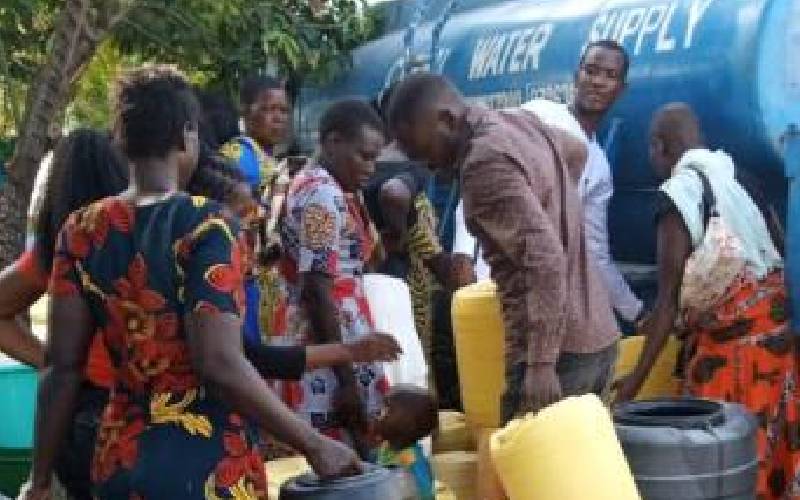×
The Standard e-Paper
Read Offline Anywhere

Despite the disorganisation at the watering point, the women are careful not to be loud, lest they draw attention and appear insensitive. [Courtesy]
A decision to follow a man carrying containers of water on a motorcycle leads to a home of an ailing widow in Kosele, in Kenya’s Homa Bay County.